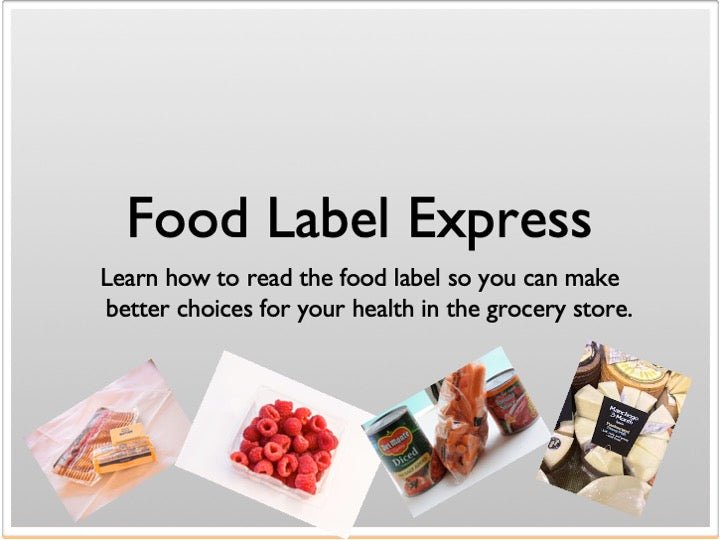Virtually or in-person, kids across the country are heading back to school. This is usually the time of year when parents and caregivers resolve to pack healthy lunches, serve nutritious after-school snacks, eat dinner as a family, and start the day off right with breakfast.
Like new year’s resolutions, overly ambitious back-to-school resolutions will fade quickly. And this year, more than ever, we need to keep things simple. People have enough to worry about with COVID-19.
When I think of simple, I think of MyPlate. With this in mind, I went to the Start Simple with MyPlate section of ChooseMyPlate.gov, looking for resources you can use in classes, social media, waiting rooms, and individual sessions. Here’s what I found, along with a couple of favorites from NutritionEducationStore.com.
- MyPlate Tips from USDA Staff: These are practical tips from real people about how they fit healthy food and movement into their busy days. Ask employees, colleagues, or clients to share their own tips, then post them on a bulletin board or social media.
- MyPlate Kids Recipe Videos: There are lots of videos on this page, but I like the five healthy snack recipe demos. They’re short and cute – kids and adults will enjoy them. Post these on social media or play them as part of a virtual class.
- MyPlate My Wins series of videos: The 40-second videos on meals, snacks, and beverages would be great for social media. The longer (3-4 minute) videos bring MyPlate to life by showing how real families find simple solutions to make healthy eating work for them. Play these in waiting areas or incorporate them into a Zoom class for parents and caregivers.
- MyPlate Kitchen Recipes: Adults and teens will learn to prepare healthy recipes with these short video food demos. Use them in an online series about eating dinner as a family and cooking at home.
- Digital MyPlate Poster and MyPlate Food Pictures: This is one of our products that you can use in so many ways. In addition to the poster, you get professional photos of real food to show food groups and portion sizes, all on a flash drive and in a downloadable digital file. Use the images on your website and social media, add them to your PowerPoint shows or anywhere you need colorful food photos.
- MyPlate Trivia Game PowerPoint Show: Everyone loves a trivia game. Use it to liven up an online class or counseling session.
Hollis Bass, MEd, RD, LD






